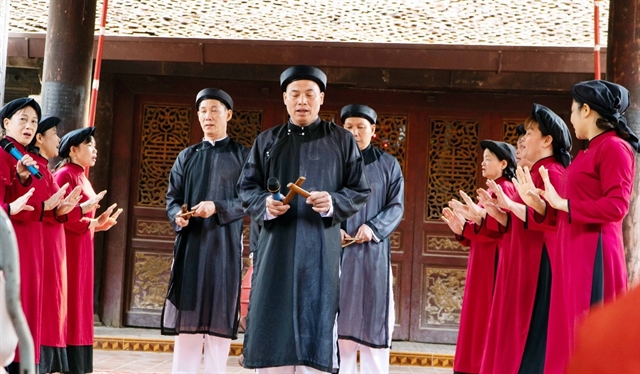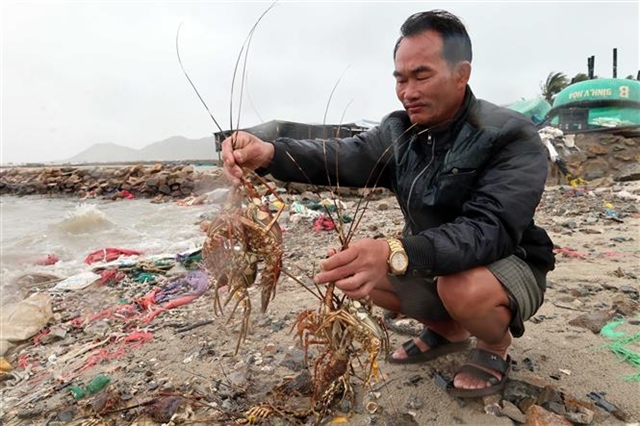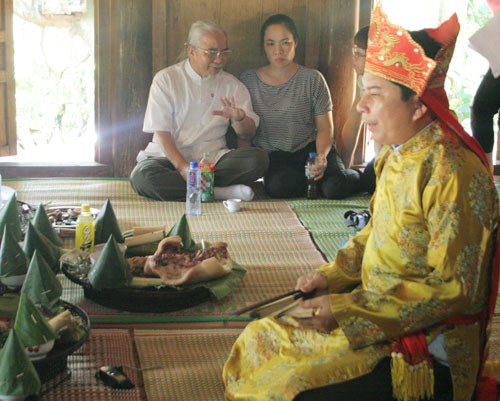 Life & Style
Life & Style

The Ministry of Cuture, Sports and Tourism will work with relevant organisations and provinces to prepare the dossiers.

|
| A sorcerer (right) conducts the ritual ceremony in Hòa Bình Province. — Photo vietnamnet.vn |
HÀ NỘI — Two pieces of Vietnamese intangible cultural heritage, Mo Mường culture in the northern province of Hòa Bình and Bà Chúa Xứ Festival in the southern province of An Giang, have been approved by Deputy Prime Minister Vũ Đức Đam to seek UNESCO’s recognition as world’s cultural heritage.
The Ministry of Cuture, Sports and Tourism will work with relevant organisations and provinces to prepare the dossiers.
Mo Mường is a unique ancient culture of the Mường ethnic minority in Hòa Bình, which contains a great deal of educational value for local communities.
According to folk cultural specialists, Mo Mường is classified into three categories: Mo Nghi Lễ (Mo Ceremony), Mo Kể Chuyện (Mo Telling Stories) and Mo Nhòm, in which thầy mo, or sorcerers, play an important role in forming the essence of the unique culture.
In special family events, like building a new house or holding a funeral, the Mường people invite sorcerers to conduct the ceremony and read mo, or prayers, to the family.
Such prayers are highly educational for the Mường community, as their content advises people to avoid behaving incorrectly and promotes solidarity within the family, community and entire nation.
Besides prayers, sorcerers bring spiritual instruments that might be thousands of years old, most notably bronze and stone axes belonging to Đông Sơn Culture (20,000-12,000 BC).
Bà Chúa Xứ Festival, which is held annually from the 23rd to the 27th day of the fourth lunar month at Bà Chúa Xứ Temple in Núi Sam Ward, Châu Đốc Town, in An Giang Province, includes various traditional rituals like a regional goddess procession from the top of Sam Mountain to the temple and a statue-bathing ceremony.
During the festival, many interesting cultural activities will also be held, such as dragon dances, boat race, traditional singing and instrumental performances, to entertain local people and pilgrims.
Every year, the Bà Chúa Xứ Festival attracts about 4 million visitors, who come to enjoy folk activities and to pray for prosperity. The festival was recognised as national intangible cultural heritage in 2001. — VNS



.jpg)
